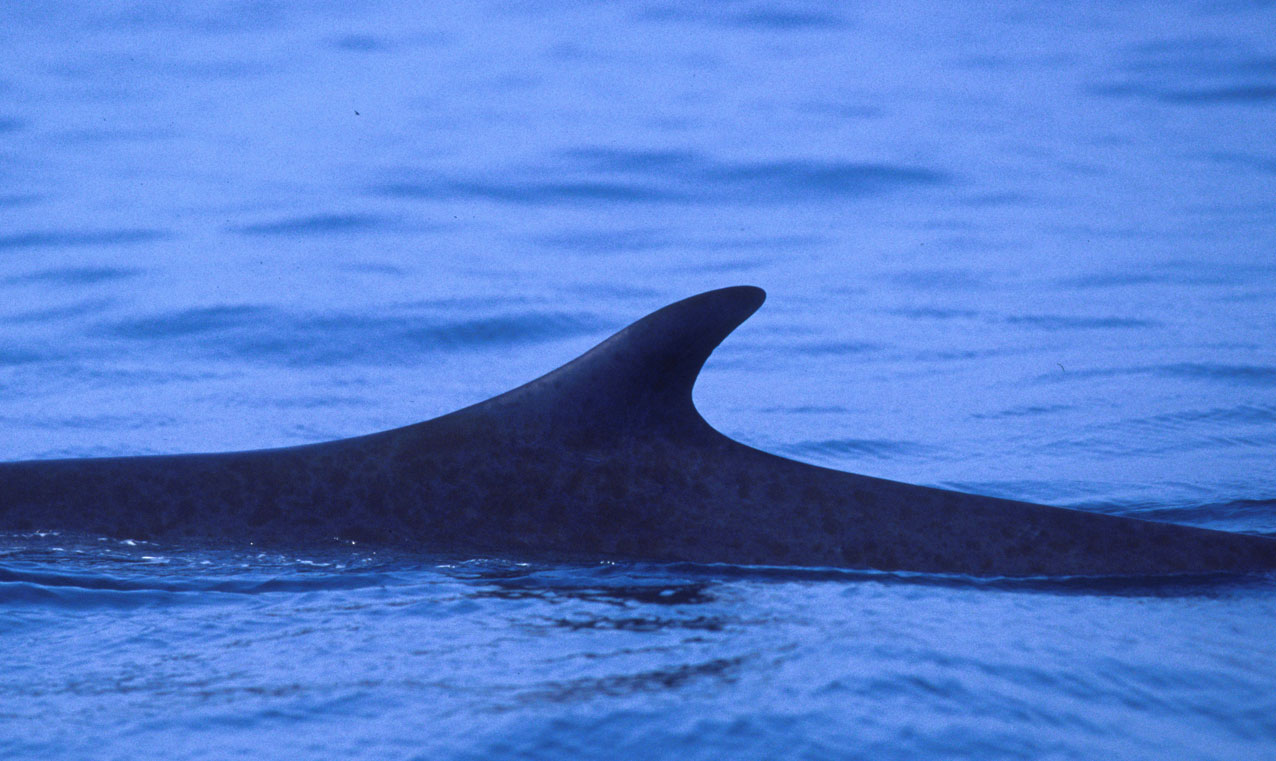Return to the Long Eddy!

Great news! The National Geographic Society is going to fund a short field season studying the foraging ecology of fin whales in the Long Eddy, an island wake system in the Bay of Fundy. This is a great opportunity for us to get back to Fundy.
This island wake system supports a variety of top predators (whales, porpoises and seabirds) and is highly predictable in time and space, making it – in many ways – an ideal natural laboratory for studying the foraging ecology of marine mammals. We hope to study how fin whales exploit this features during foraging using digital recording tags (drags) and a suitep of “ecosystem” observations made concurrently to provide the environmental context for observed behaviors. This will include measures of prey fields observed with active acoustics, ocean currents obtained by ADCP, and water properties assessed through CTD casts.
[photo size=’medium’ align=’right’ link=’http://superpod.ml.duke.edu/johnston/files/2010/11/longeddyradarsat.png’ icon=’zoom’ lightbox=’image’]http://superpod.ml.duke.edu/johnston/files/2010/11/longeddyradarsat.png[/photo]Island or headland wake systems are ubiquitous in coastal oceans, found pretty much wherever water flows past an obstruction. Because these systems are so common, understanding how marine predators such as fin whales use the Long Eddy can help us interpret patterns in their distribution and movements in other coastal regions. One of my key interests in this project is a deeper assessment of the utility of using studies that combine fine-scale oceanography with the movements and behaviors of top predators to delineate the extents of marine protected areas.
It also means that we will get the opportunity to further develop our nascent photo ID catalog of fin whales around Grand Manan Island. It should be interesting to see if the same whales we studied there almost a decade ago still use the feature as a foraging spot.
Can’t wait to get started!
